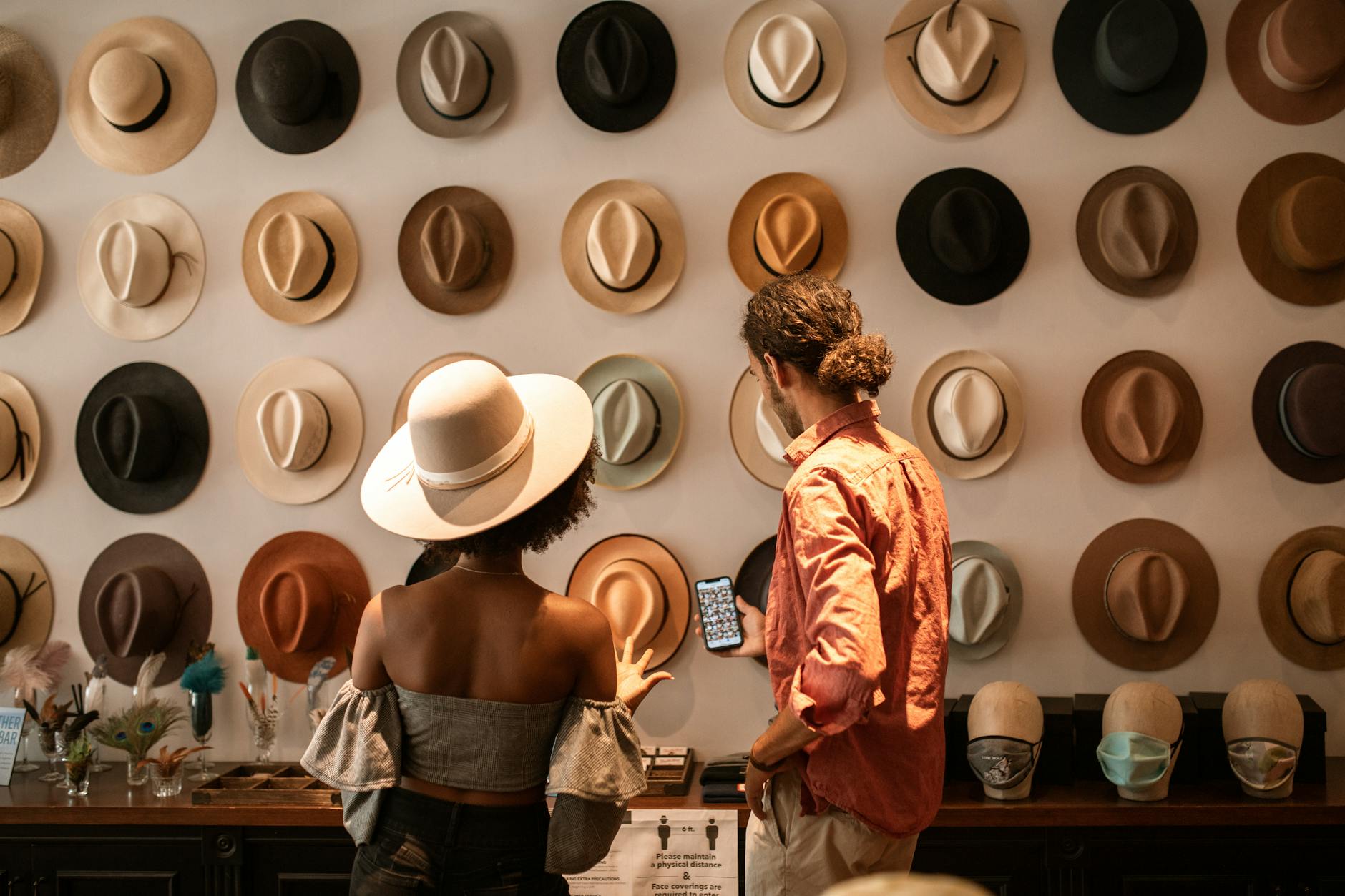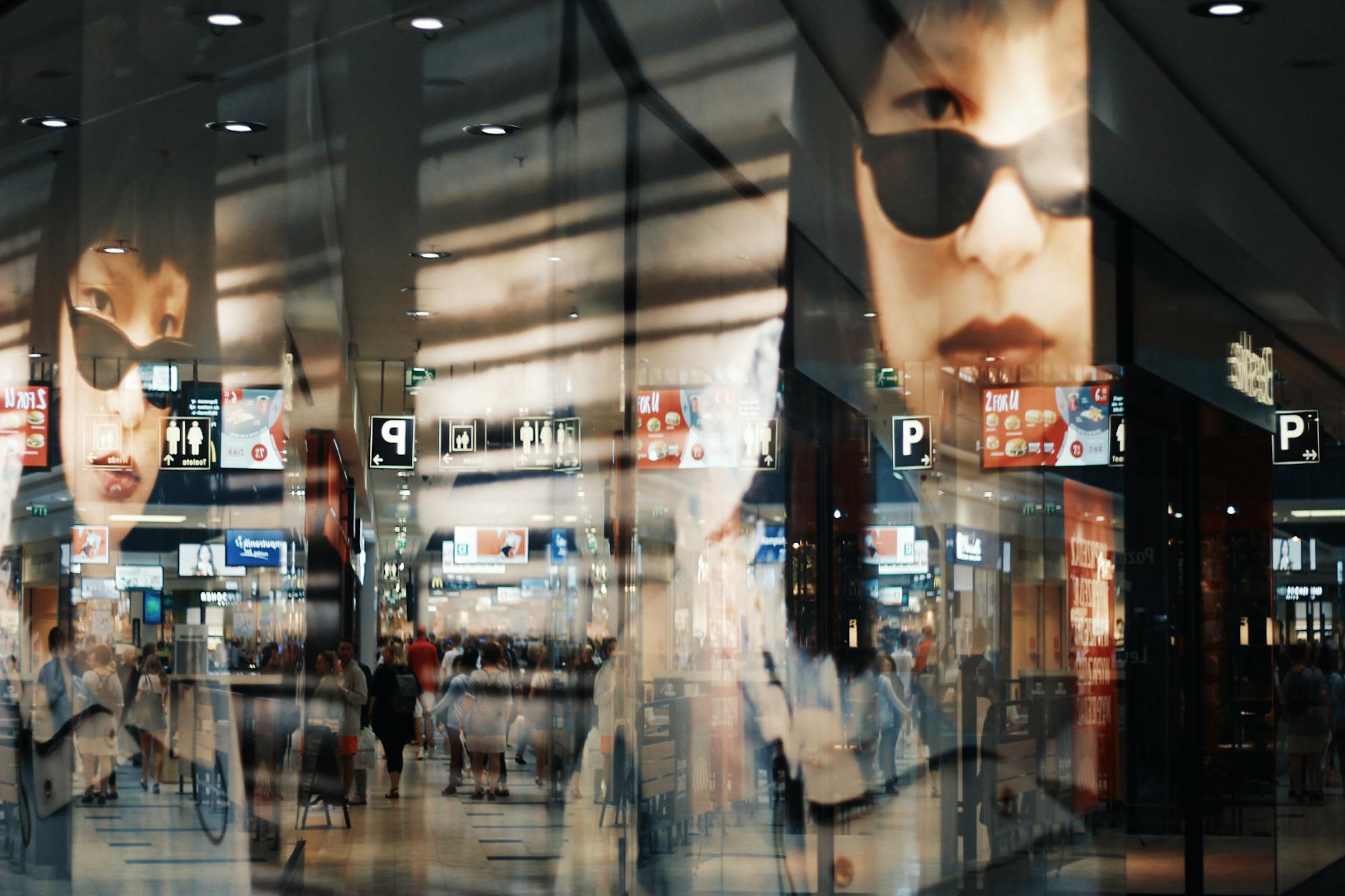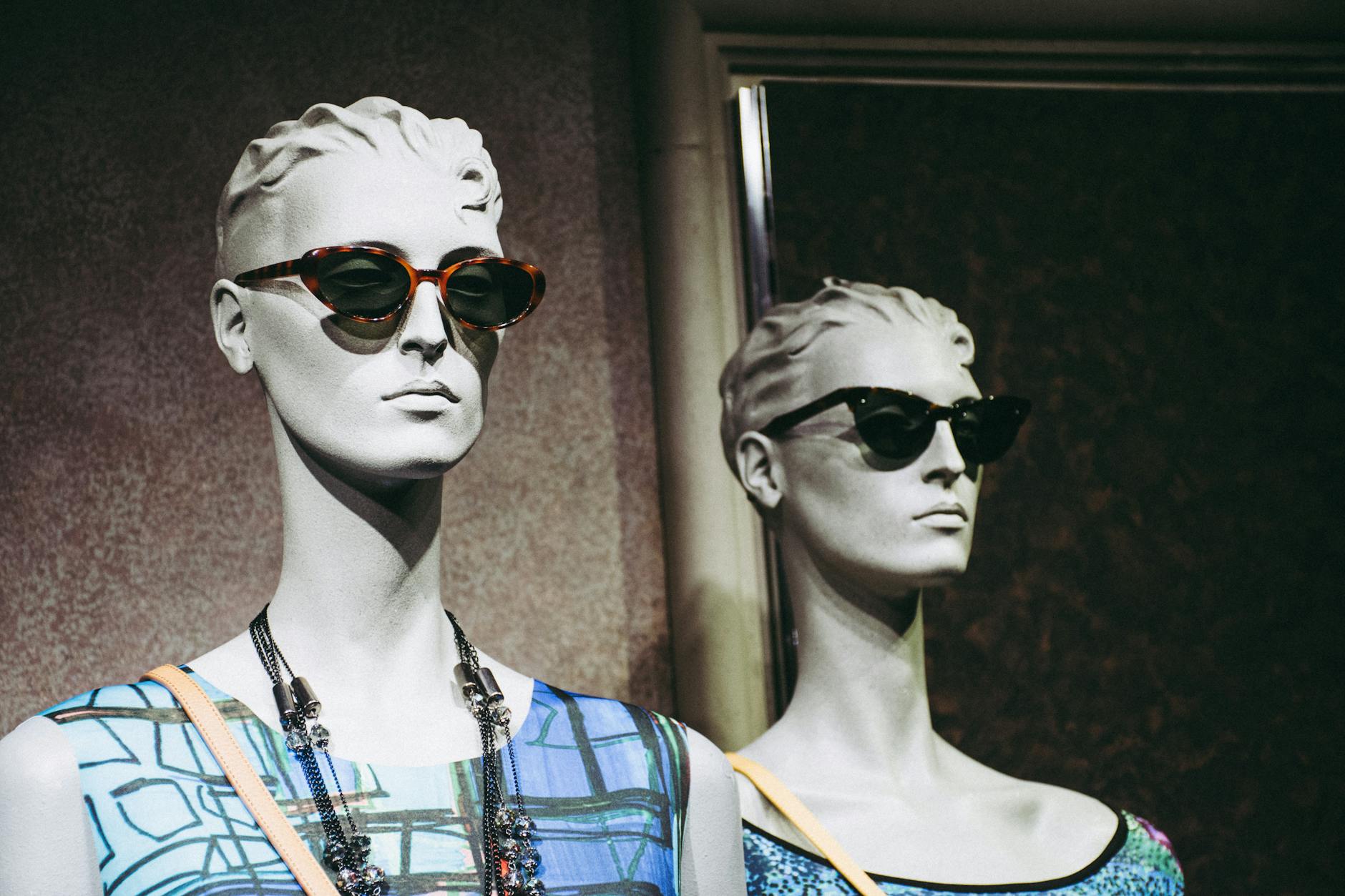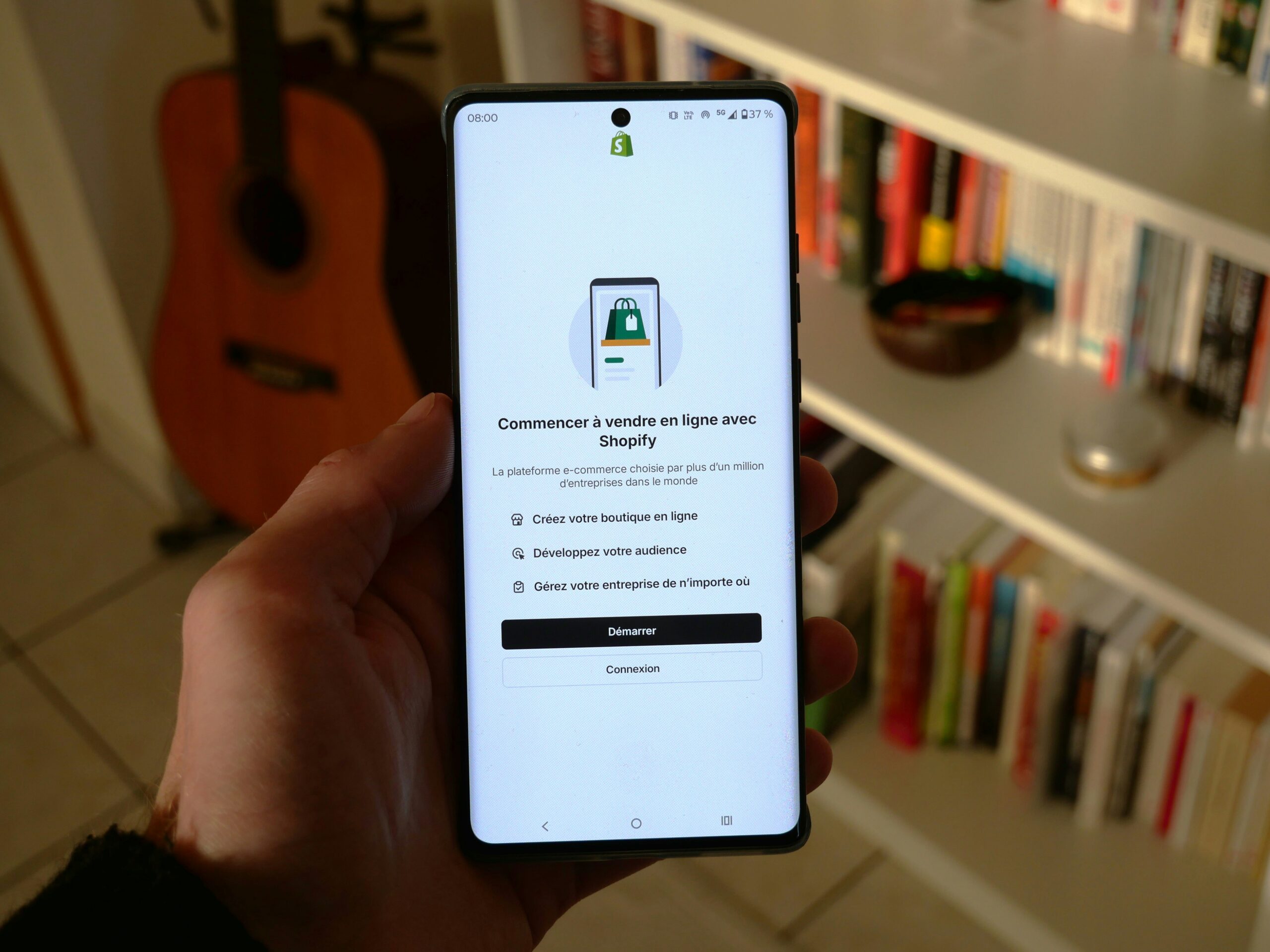Becoming a Retail Display Designer
Have you ever walked into a shop and instantly felt drawn to a display that seemed to tell a story all on its own? That’s the magic of retail display design, and it is exactly what makes this career path so creative, exciting, and surprisingly rewarding. When you choose to explore it, you quickly realize it’s not just about stacking products neatly—it’s about creating an experience that sparks emotions and makes customers want to buy.

Becoming a retail display designer may sound like a dream job reserved for the most artistic people, but here’s the fun part: you can actually learn these skills step by step through practice, guidance, and, of course, the right courses. Many people now get started by exploring visual merchandising courses online, which provide the foundation you need to grow into this role without years of traditional study.
The creative side of display design
At its heart, retail display design is about creativity. You get to play with colors, textures, lights, and even themes to craft visual stories that make products shine. Imagine arranging clothing in a boutique so customers instantly picture themselves wearing it, or styling shelves in a home goods store to look like a cozy living room you’d want to sit in.
When you step into this career, you use your imagination in a very practical way. The best part is that you don’t have to start with all the answers. You’ll learn the basics of balance, proportion, and visual hierarchy as you go, and with each project, your confidence grows. Visual merchandising courses online can help you understand the principles while giving you a safe space to experiment with new ideas.
Blending art with psychology
Here’s where it gets even more interesting: retail display design isn’t just about making things pretty. It’s about understanding how people think, move, and shop. Your job as a retail display designer is to guide the customer’s eye and create subtle nudges that encourage them to explore more.

Colors can influence moods, while layouts can make people spend longer in certain areas of a store. Even the way you place one product next to another can spark curiosity and boost sales. It’s fascinating to realize that what looks like simple decoration is actually rooted in psychology and strategy. Courses that cover visual merchandising online often touch on this connection between design and consumer behavior, helping you bridge creativity with real business impact.
Building a career in display design
The career opportunities in retail display design are broader than you might think. From working with big retail chains to collaborating with small boutiques or freelancing for events and pop-up shops, you can take your skills in many directions. You also gain versatility because the principles you learn apply beyond physical stores—e-commerce brands also look for merchandising experts to design product pages and online experiences.
Getting started doesn’t mean you need a design degree or years of experience. Many display designers begin by learning through workshops, internships, or flexible online courses. By taking visual merchandising courses online, you can start building a portfolio right from home, practicing different layouts, and experimenting with color schemes or lighting tricks. Eventually, that portfolio becomes your ticket to exciting opportunities in the retail and design industries.
Why it’s worth exploring now
The retail industry is changing quickly, but one thing remains constant: people love experiences. That’s why display designers will always have a role, whether it’s in physical stores, pop-up events, or digital spaces. If you enjoy creativity, problem-solving, and a bit of psychology, then retail display design could be the perfect path for you.
The great thing is you don’t have to wait years to dip your toes into it. With visual merchandising courses online, you can start small, learn at your own pace, and gradually turn your creativity into a profession. Who knows? The next store display that makes someone stop, smile, and shop might just be yours.
Graphic Design Apps for Signage and Branding
If you’ve ever admired a bold shop sign or a perfectly branded display, you might wonder how those visuals come to life. The truth is, many of the eye-catching signs and branding elements you see today are created with graphic design apps that are surprisingly easy to use. You don’t have to be a professional designer to experiment with them, and that’s what makes this part of visual merchandising so exciting.

Graphic design has become an essential skill for anyone interested in making retail spaces stand out. From colorful posters to sleek window signs, good design can help customers recognize a brand instantly. If you’re thinking about exploring visual merchandising courses online, you’ll quickly realize how these apps often complement what you learn and give you practical tools to test your ideas right away.
Easy-to-use apps that spark creativity
The best part about modern graphic design apps is that they’re built to be user-friendly. You don’t need to know complicated software tricks or spend hours figuring out where to start. Instead, you can jump in, drag and drop elements, and begin creating designs almost instantly.
Apps like Canva, Adobe Express, and even simple poster makers give you access to templates, fonts, and color palettes that make designing fun. You can create store signs, digital ads, and even product labels without feeling overwhelmed. It’s all about experimenting and letting your creativity flow, and that’s exactly how you begin building confidence in design.
Branding made simple and consistent
When it comes to signage and branding, consistency is everything. Customers should recognize your brand whether they see it on a window sign, a product tag, or a flyer. That’s why graphic design apps are so helpful—they allow you to save brand colors, fonts, and logos so your designs always look cohesive.

Think of it as building your own visual identity kit. Every time you design something, you’ll have a clear style to follow. This not only makes your brand look professional but also builds trust with customers. Many people who take visual merchandising courses online discover that combining design theory with these apps is the perfect way to put classroom lessons into action.
Practical tools for real-world retail
Graphic design apps aren’t just for making things pretty—they solve real problems in retail and branding. Need a quick sale sign? You can design one in minutes. Want a new menu board or a seasonal display poster? An app will help you create something eye-catching without hiring a professional designer.
You’ll also find that these tools are incredibly flexible. They let you design for both print and digital platforms, which is important since so many stores now promote themselves both offline and online. As you grow your skills, you’ll see how simple tools can produce big results in shaping customer experiences and driving sales.
Why apps make you more resourceful
Here’s the exciting part: learning to use graphic design apps doesn’t just save you money, it also makes you more resourceful. Instead of waiting for someone else to design signage, you’ll have the confidence to create what you need right away.
This independence can be especially powerful if you’re just starting in retail, freelancing, or exploring creative careers. When you pair this skill with knowledge gained from visual merchandising courses online, you’ll have both the design know-how and the practical tools to make your ideas come alive.



